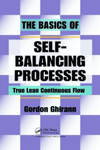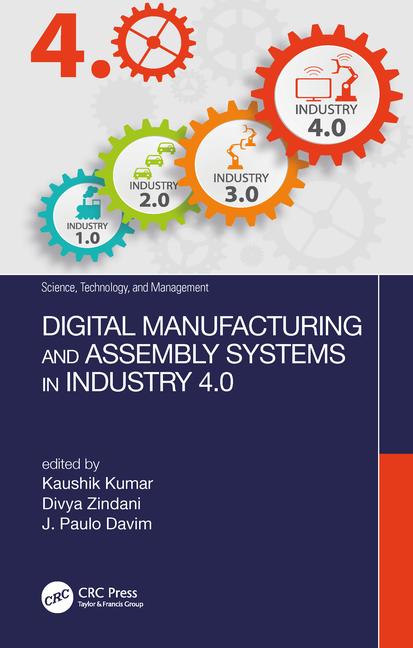Assembly In Action: Air Flow System Helps Prevent Explosions
Composites
manufacturers are well aware of the potentially explosive nature of airborne
dust created by secondary processes such as grinding, sawing, and finish
polishing of formed parts. Most facilities utilize “closed vessel” dust
collection systems to manage and collect this dust and keep it from migrating
throughout the plant.

However, these dust collection systems may also be a potential explosion source, according to the current version of the National Fire Protection Association’s 68 Standard on Explosion Deflagration Venting. The reason: In a closed vessel, an explosion can occur when a suspended cloud of combustible dust is present in high concentration. Under these conditions a small spark or ember can trigger an event.
OSHA and EPA have stepped up enforcement of the revised NFPA 68, which changes the previous “guidelines” to standards. Because most insurance agencies and local fire codes state that NFPA standards shall be followed as code, in many ways NFPA 68 now is legal code.
As a result, composites manufacturers are now responsible for determining whether the dust they produce is explosive, commissioning a hazard analysis of their existing dust collection system, maintaining extensive documentation and passing annual equipment inspections.
Equally important, the changes are going to cause a significant shift in the way that thousands of dust collection systems in the composites industry are designed and constructed. In many cases, new and existing systems will have to be updated or modified with explosion venting equipment and other dust prevention and mitigation solutions to ensure that the equipment complies with the new requirements.
Frees Inc., a ventilation systems company specializing in the fiberglass industry, has designed a proprietary directed air flow system that can be incorporated into dust control systems to help them meet NFPA 68. The system focuses air in a controlled envelope that moves across the work zone and then stops to prevent roll back and recontamination of the work area. The air is then filtered and recirculated to the work area.
One user of the air flow system is offshore fishing boat manufacturer Regulator Marine.
“The system is balanced so that we are sweeping air over the parts as we are grinding them, and the air curtain contains the dust so it doesn’t contaminate other areas,” says Owen Maxwell, vice president of product development. “The air goes through a filter bank at the back of the grinding booth and the air is then recirculated.”
John Zadro, president of Structural Composite Technology, is using the air flow system to capture dust from two grinding booths, which were installed to accommodate the company’s large fabrications. The larger booth was designed to hold very large fabrications, including vessels, stacks, tanks and other oversized process equipment-products that often require a bridge crane.
“This grinding booth needed to be accessible by a bridge crane, so there was no roof,” says Zadro. “We’re blowing air with the system over a part and capturing the dust so it doesn’t fly out the top or fill the rest of the shop. The system captures 98 percent of the dust particulate created.”
The second booth was installed to handle the company’s commodity line of bathtubs and shower enclosures. Although smaller, this grinding booth is based on the same directed air flow technology of the larger booth.
“When dust is effectively controlled and contained, there is a significant improvement in the cleanliness of the plant,” says Ronnie Free, president of Frees Inc. “Less dust will also improve product quality, reduce mold cycle time and provide a healthy place to work.”
For more information about air flow systems, call 800-978-3733 or visit www.freesinc.com.

Structural Composite Technology is using the air flow system
to capture dust from two grinding booths, which were installed to accommodate
the company’s large fabrications. Photo courtesy Frees Inc.
However, these dust collection systems may also be a potential explosion source, according to the current version of the National Fire Protection Association’s 68 Standard on Explosion Deflagration Venting. The reason: In a closed vessel, an explosion can occur when a suspended cloud of combustible dust is present in high concentration. Under these conditions a small spark or ember can trigger an event.
OSHA and EPA have stepped up enforcement of the revised NFPA 68, which changes the previous “guidelines” to standards. Because most insurance agencies and local fire codes state that NFPA standards shall be followed as code, in many ways NFPA 68 now is legal code.
As a result, composites manufacturers are now responsible for determining whether the dust they produce is explosive, commissioning a hazard analysis of their existing dust collection system, maintaining extensive documentation and passing annual equipment inspections.
Equally important, the changes are going to cause a significant shift in the way that thousands of dust collection systems in the composites industry are designed and constructed. In many cases, new and existing systems will have to be updated or modified with explosion venting equipment and other dust prevention and mitigation solutions to ensure that the equipment complies with the new requirements.
Frees Inc., a ventilation systems company specializing in the fiberglass industry, has designed a proprietary directed air flow system that can be incorporated into dust control systems to help them meet NFPA 68. The system focuses air in a controlled envelope that moves across the work zone and then stops to prevent roll back and recontamination of the work area. The air is then filtered and recirculated to the work area.
One user of the air flow system is offshore fishing boat manufacturer Regulator Marine.
“The system is balanced so that we are sweeping air over the parts as we are grinding them, and the air curtain contains the dust so it doesn’t contaminate other areas,” says Owen Maxwell, vice president of product development. “The air goes through a filter bank at the back of the grinding booth and the air is then recirculated.”
John Zadro, president of Structural Composite Technology, is using the air flow system to capture dust from two grinding booths, which were installed to accommodate the company’s large fabrications. The larger booth was designed to hold very large fabrications, including vessels, stacks, tanks and other oversized process equipment-products that often require a bridge crane.
“This grinding booth needed to be accessible by a bridge crane, so there was no roof,” says Zadro. “We’re blowing air with the system over a part and capturing the dust so it doesn’t fly out the top or fill the rest of the shop. The system captures 98 percent of the dust particulate created.”
The second booth was installed to handle the company’s commodity line of bathtubs and shower enclosures. Although smaller, this grinding booth is based on the same directed air flow technology of the larger booth.
“When dust is effectively controlled and contained, there is a significant improvement in the cleanliness of the plant,” says Ronnie Free, president of Frees Inc. “Less dust will also improve product quality, reduce mold cycle time and provide a healthy place to work.”
For more information about air flow systems, call 800-978-3733 or visit www.freesinc.com.
Looking for a reprint of this article?
From high-res PDFs to custom plaques, order your copy today!






